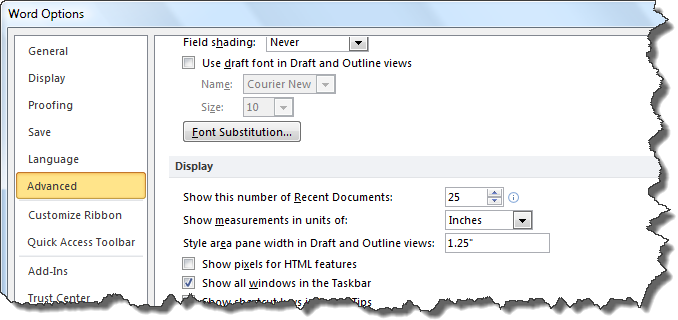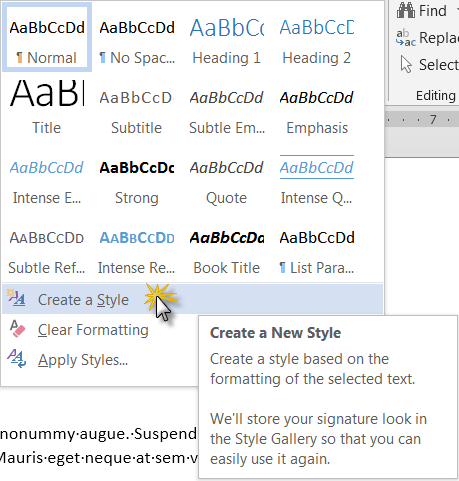

You apply numerous attributes at once using a style. Direct formatting is a manually applied format, such as clicking the Bold or Italics button. This is especially true when a document has gone through several different users, each making the document their own by modifying styles and adding direct formatting.įormats comes in two levels: direct and styles. Start overĭespite the best of intentions, a document can become overwhelmed by direct formatting and modified styles. You can change styles, but you can’t create custom styles in the browser. The browser edition supports existing styles. There’s no demonstration file you won’t need one. Styles have always been around, and although you can implement them in older versions, the step-by-step instructions will differ.
How to create a style set in word 2013 windows 10#
I’m using Word 2016 (desktop) on a Windows 10 64-bit system.

How to create a style set in word 2013 how to#
How to create a fun Fly In effect in PowerPoint Learn advanced Excel skills for less than $35 Once you master styles, you’ll love them (or not, but you’ll definitely take advantage of them!) In this article, I’ll show you five easy ways to control styles, so you can put them to good use. So, it makes good sense to expand on that foundation.

The truth is, if you’re using Word for anything, you’re implementing styles, whether you realize it or not. They’re powerful but a bit mysterious, so users tend to avoid them. Word styles present a bit of a conundrum for users. Here are five tips for applying and managing them. Microsoft Word users tend to either love or hate working with styles. 5 ways to modify and customize styles in Microsoft Word


 0 kommentar(er)
0 kommentar(er)
